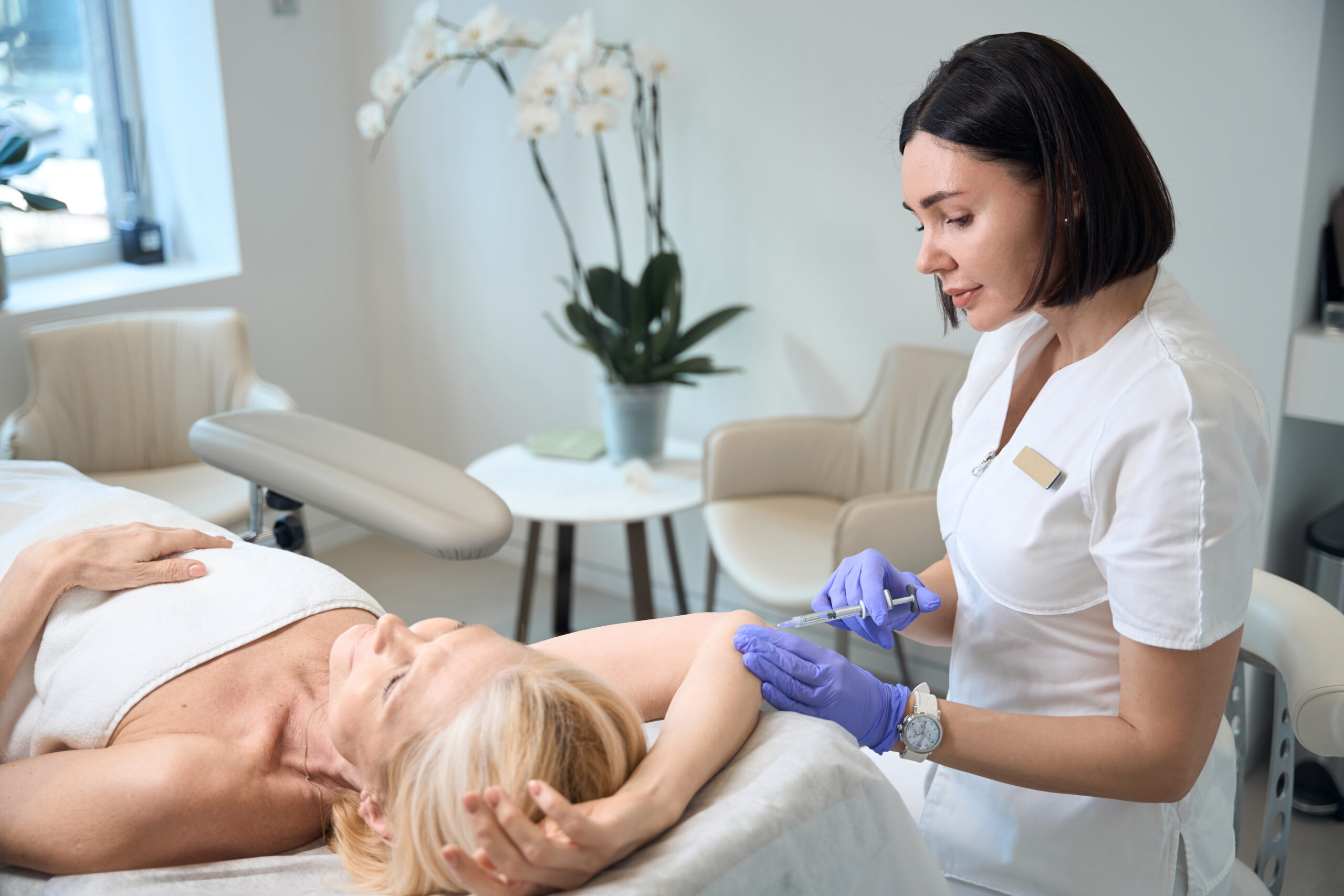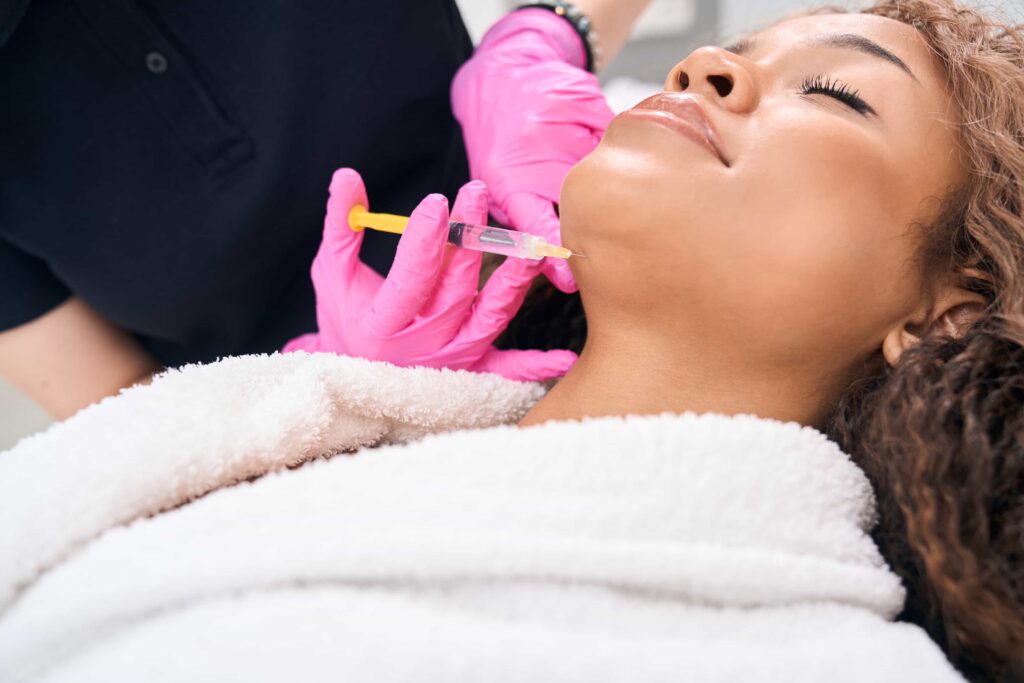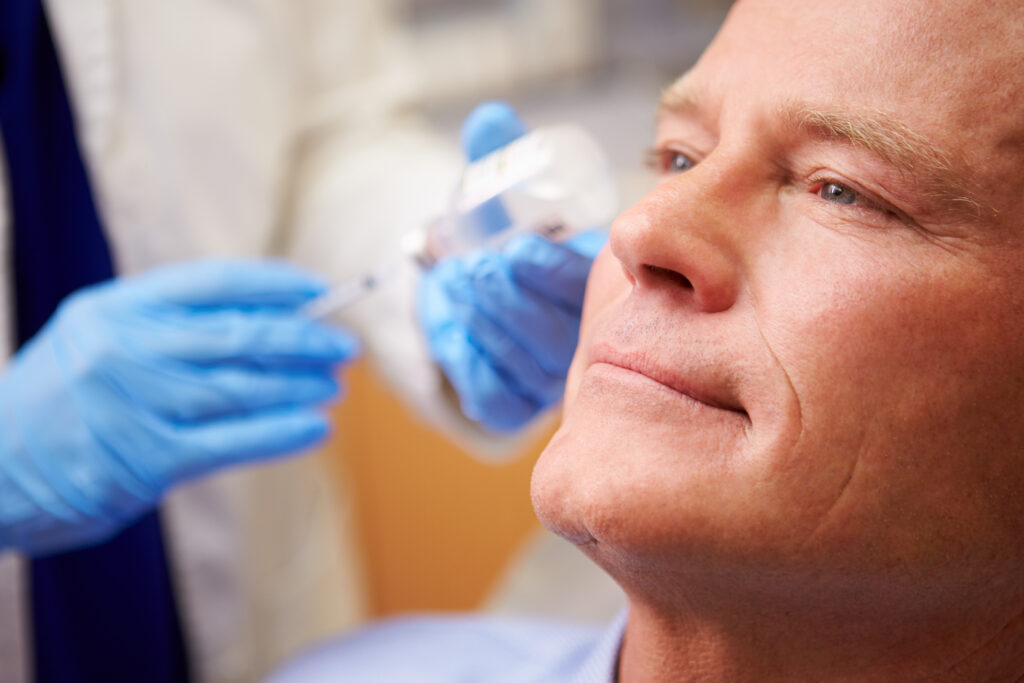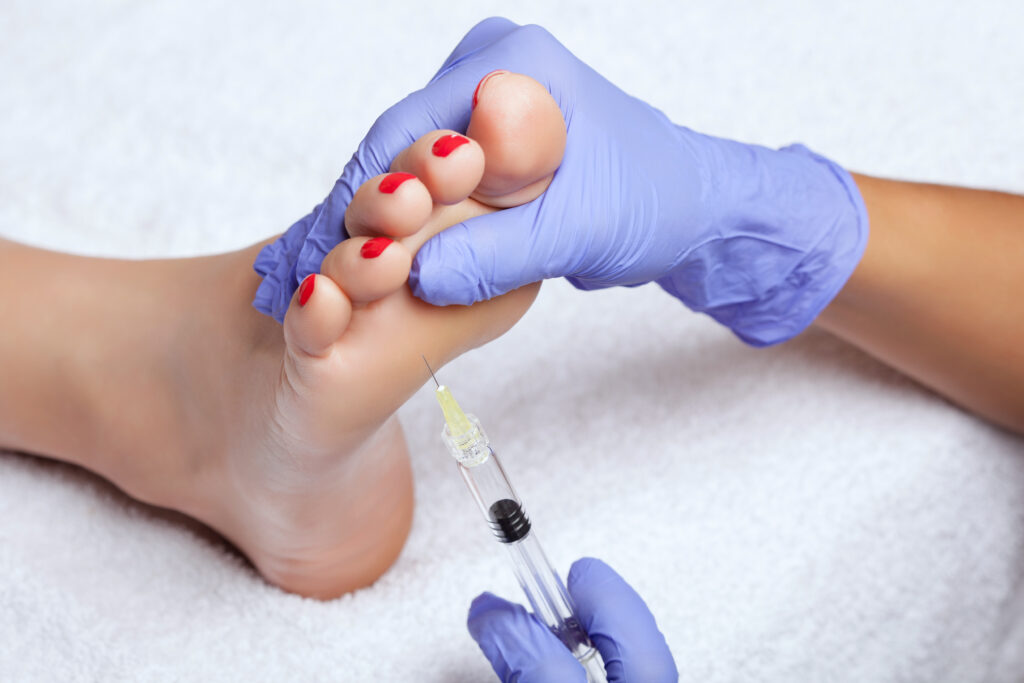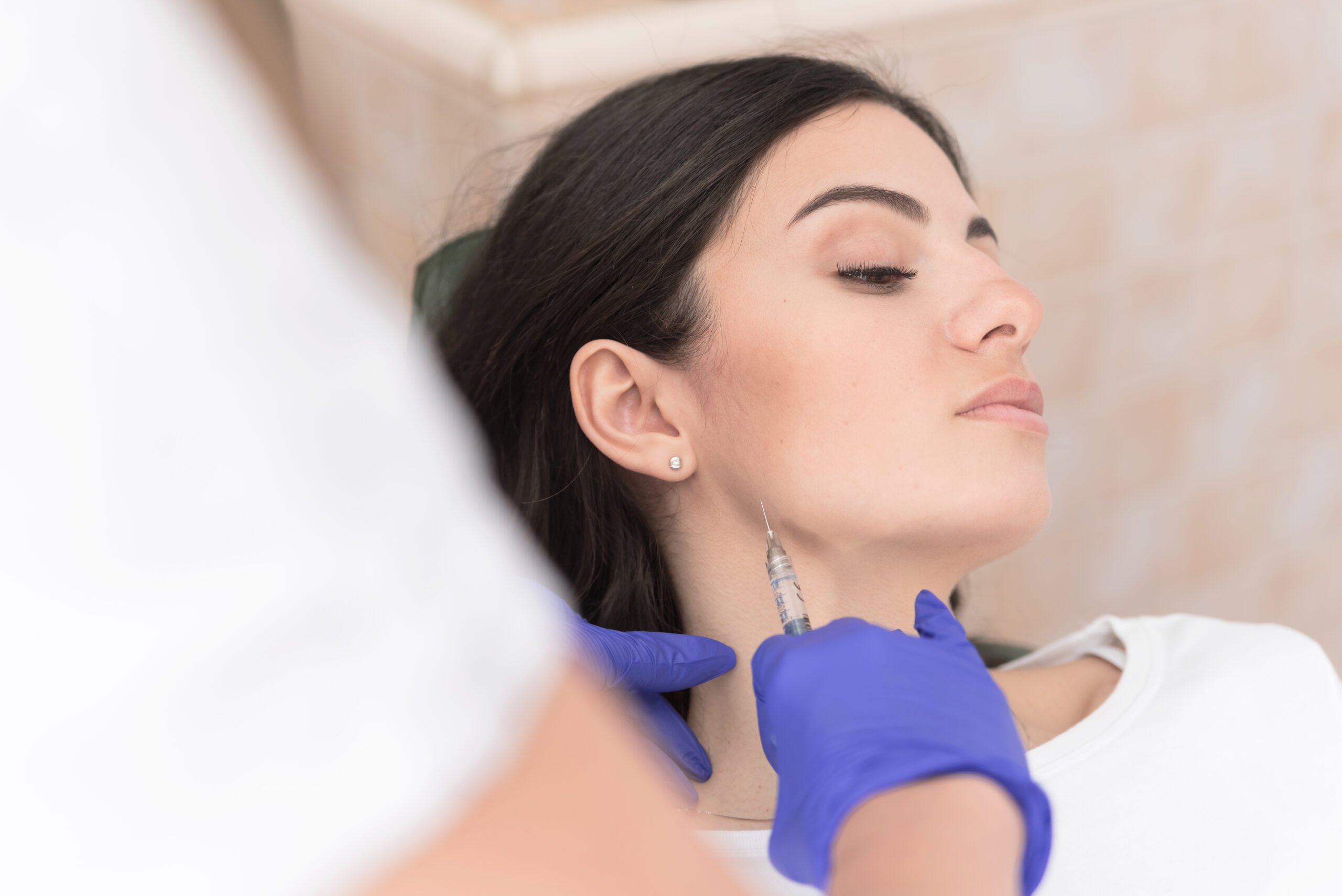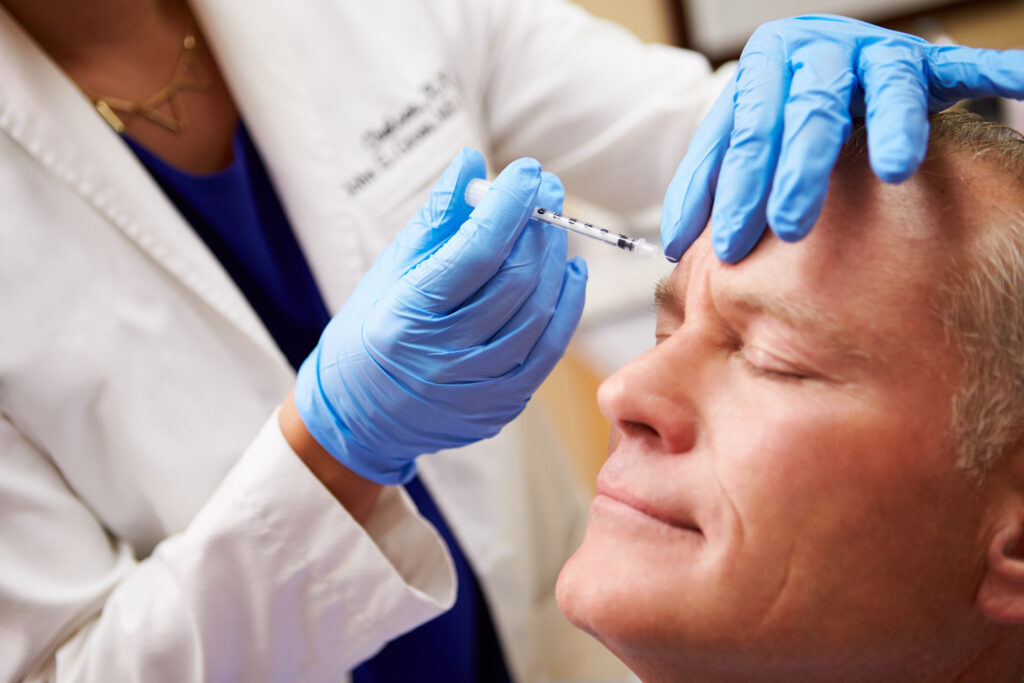Trap tox involves injecting neurotoxins like Botox into the trapezius muscle for aesthetic and therapeutic purposes.
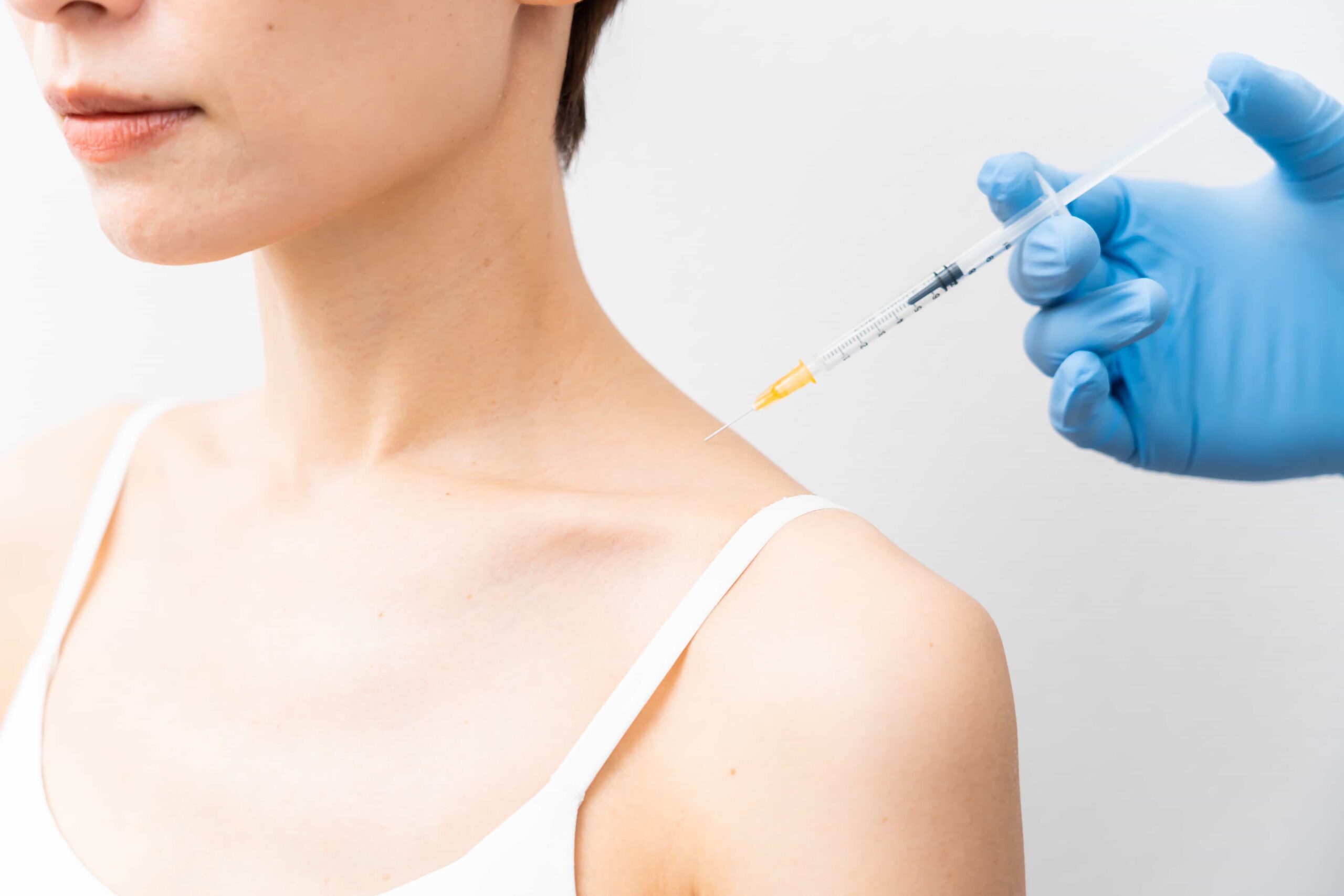
Trap tox uses Botox injections in the trapezius muscle for both cosmetic and therapeutic results. It narrows the shoulders, lengthens the neck, and eases neck and shoulder pain.
Trap tox improves shoulder shape and makes the neck look longer. It relieves pain and tension in the neck and shoulders. It also helps reduce headaches, muscle spasms, and boosts comfort during physical activity.
Trap tox works by blocking nerve signals to the muscle, which reduces contractions and discomfort. Over time, it also causes mild muscle atrophy, helping slim the shoulders and lengthen the neck.
During the consultation, the provider reviews your medical history, anatomy, and treatment goals. In some cases, they may recommend other procedures that better fit your needs. While most people can safely receive trap tox, those with certain neuromuscular conditions may not be good candidates.
The injections are usually well-tolerated. Most patients don’t need numbing cream, though it’s available if needed. The procedure takes about 10 to 20 minutes. A fine needle delivers the toxin just under the skin into the muscle, typically along the back of the neck and toward the shoulders. Injection points may vary based on your anatomy.
Results usually last 3 to 4 months. However, depending on your body and treatment plan, effects can last anywhere from 2 to 6 months.
The neurotoxin interrupts nerve-muscle communication, easing muscle contractions and discomfort. It also induces gradual muscle atrophy, slimming the shoulders and elongating the neck.
After Trap tox treatment, patients should avoid touching or massaging the area. They should follow their provider’s instructions to support proper healing and get the best results. To maintain the effects, patients may need regular follow-up treatments.
Costs vary based on the price per unit of toxin. The number of units needed depends on the size and strength of your trapezius muscle. Most treatments use 50 to 75 units per side.
Insurance does not cover trapezius Botox, whether for medical or cosmetic reasons.

